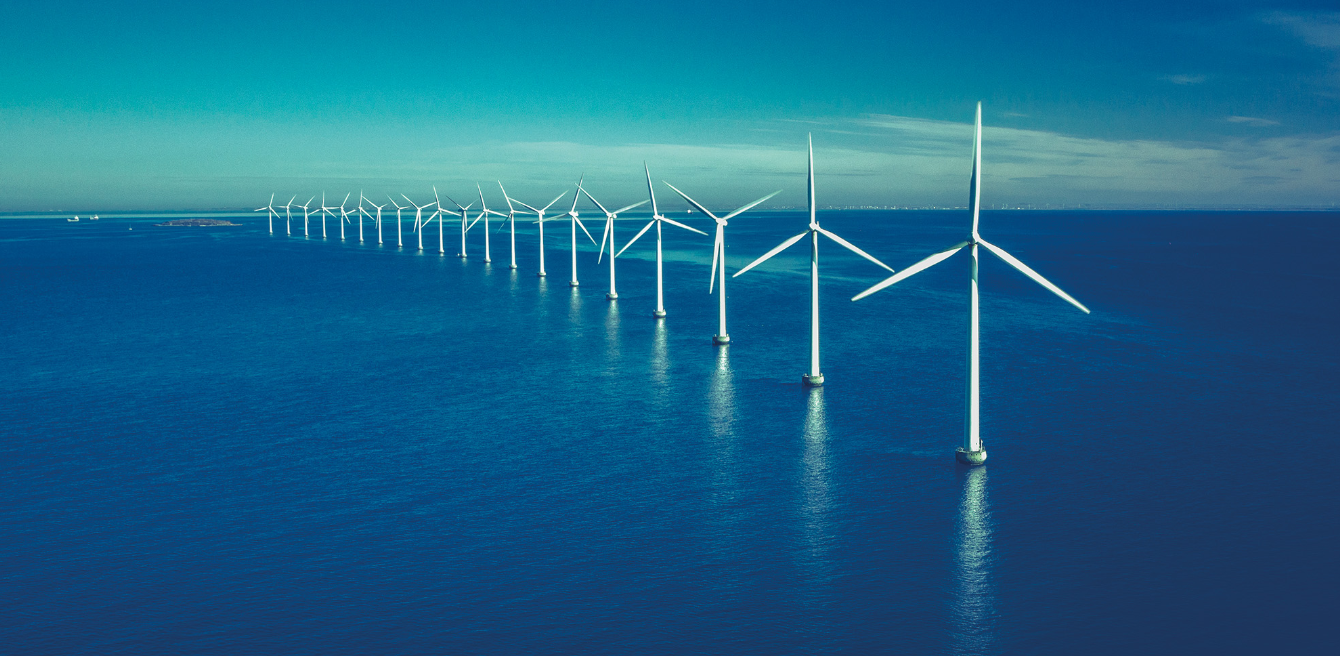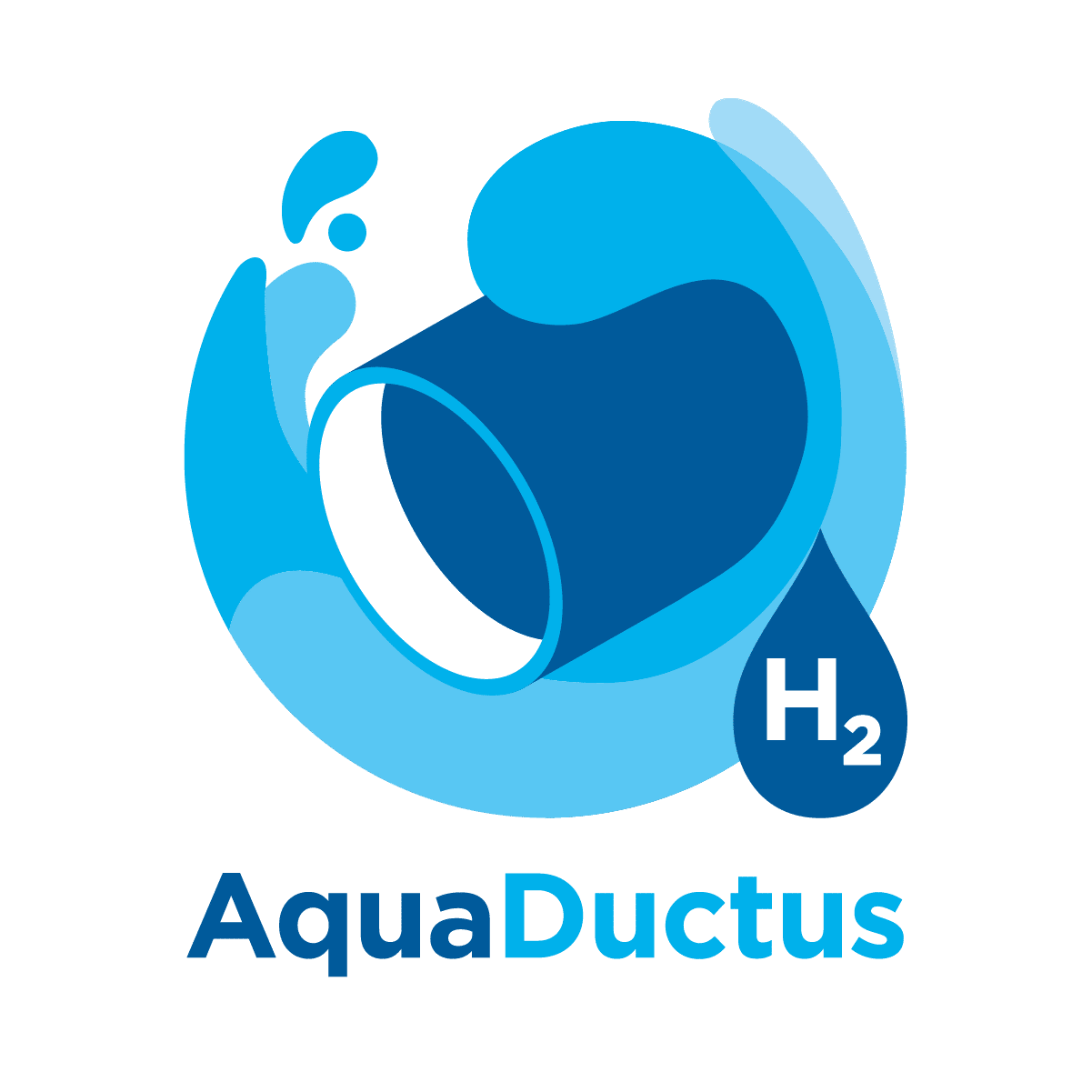H2 Offshore Pipeline
Opening up the hydrogen offshore market
AquaDuctus is part of the AquaVentus initiative and will be a GW-scale offshore hydrogen pipeline located in the German North Sea. This pipeline provides open access to multiple network users (e.g. producers of green hydrogen from offshore wind) on a non-discriminatory basis. The project will connect large amounts of green hydrogen obtained offshore in the North Sea with the European mainland and the emerging onshore hydrogen infrastructure. AquaDuctus is to be funded as an “Important Projects of Common European Interest (IPCEI)”. The hydrogen pipeline will become the core of an interconnected offshore infrastructure between Germany and the North Sea countries of the Netherlands, Belgium, Denmark, the United Kingdom and Norway. In this way, the European production and demand centers for green hydrogen will be interconnected.In this way the European production and demand centers for green hydrogen will be interconnected.
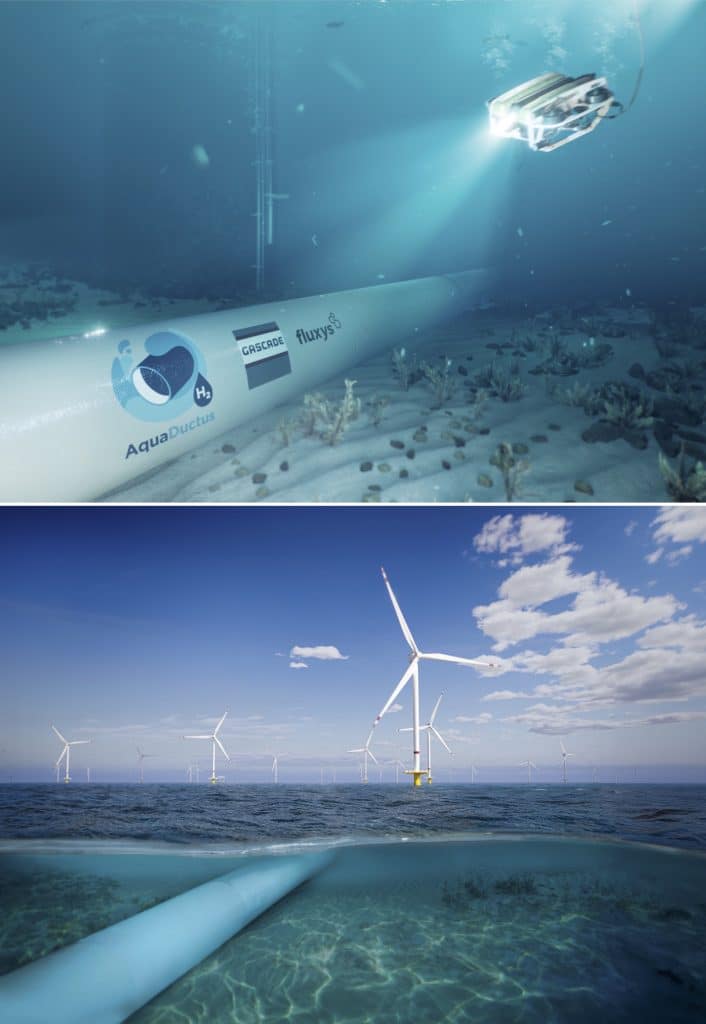
AquaDuctus, as an offshore pipeline for transport of green hydrogen in the North Sea, is one of the most promising and future-oriented projects.
Project
Phases
Nucleus of An offshore hydrogen backbone
The project partners are focusing on a scalable, demand-driven infrastructure: By 2030, AquaDuctus will connect the first large hydrogen wind farm site, SEN-1, with a generation capacity of approximately one gigawatt. SEN-1 is located in the German EEZ in the northwest of Helgoland. The pipelinewill transport at a length of approx. 200 km green hydrogen produced from offshore wind to the German mainland and from there to European consumers via the onshore hydrogen infrastructure.
In the next project stage, AquaDuctus will be extended to the remote areas of the German exclusive economic zone towards the tip of the so-called duck’s bill. By that, additional future hydrogen wind farm sites will be connected. Along its way AquaDuctus will provide interconnection points with the opportunity for linking of adjacent national offshore hydrogen infrastructures originating from Denmark, Norway, the Netherlands, Belgium and United Kingdom which opens the door for Europe-wide offshore hydrogen transport by pipeline.
Navigate the interactive map to get a view at AquaDuctus from all angles. Click on the buttons to get further information about the three project phases.
Initial Project Stage
Offshore hydrogen pipeline to connect hydrogen wind farm site SEN-1 located in the German exclusive economic zone (EEZ) with the German mainland. Provision of interconnection points for adjacent hydrogen offshore pipelines.
Timing: 2030
Pipeline: approx. 200 km
Follow-Up Project Stage
Prolongation of the offshore hydrogen pipeline from SEN-1 location to the far edge of the German EEZ to connect further hydrogen wind farm sites in EEZ zones 4 and 5. Provision of interconnection points for adjacent hydrogen offshore pipelines.
Timing: 2035
Pipeline: approx. 220 km length
Info-Hub
Recent studies show that offshore hydrogen production and transport via pipelines is faster, cheaper, and more environmentally friendly than onshore electrolysis with a corresponding connection of offshore wind turbines via power cables. The German federal government has also recognized this advantage and has clearly expressed its intention to promote offshore hydrogen production in the North Sea. In news, reports and press releases we provide further information on these subjects.
AquaDuctus offshore hydrogen pipeline: off we go.
Press release 15/07/24
The implementation of our offshore pipeline in the North Sea is taking shape: Minister Robert Habeck today handed over the early start of measures notice for the IPCEI project AquaDuctus as part of the so-called Hy2Infra wave at the Federal Ministry for Economic Affairs and Climate Action.
“With the early start of measures, we can now get started. The implementation of the first offshore hydrogen pipeline has now begun. We are delighted that we can make a decisive contribution to the development of the hydrogen economy and drive forward the energy transition with AquaDuctus,” explains GASCADE Managing Director Christoph von dem Bussche.
AquaDuctus is the only hydrogen pipeline planned for the German North Sea. The project plays a central role in the development of the hydrogen core network and the implementation of the National Hydrogen Strategy. “With this offshore pipeline, we want to both tap into the hydrogen potential of the German North Sea and become an essential part of an interconnected European transport infrastructure for hydrogen. In principle, all North Sea countries and producers of offshore hydrogen can feed into the pipeline,” says project manager Oliver Reimuth.
The overarching importance of AquaDuctus is reflected in its classification as an “Important Project of Common European Interest” (IPCEI). This is the basis for funding from the federal government and the state of Lower Saxony.
Network operators plan to jointly develop hydrogen transport in the North Sea.
Press release 23/04/24
In order to enable hydrogen transports between Norway and Germany, Gassco AS (Gassco) and GASCADE Gastransport GmbH (GASCADE) signed a memorandum of understanding with the goal to transport hydrogen via pipeline in the North Sea. The agreement has been signed today at the “Hannover Messe”. The cooperation between the two network operators is embedded in the strategic partnership in the fields of climate, renewable energy, and green industry of the Norwegian and German Government.
On the Norwegian side, Gassco is developing the transport infrastructure for exporting hydrogen produced in Norway to Germany. On the German side, GASCADE is developing the offshore hydrogen pipeline AquaDuctus in the North Sea for interconnecting adjacent offshore pipelines and providing the downstream connection to Germany. The goal of the planned cooperation is to ensure an efficient and coherent planning of the projects. By doing this the companies want to ensure hydrogen transportation between Norway and Germany from 2030 onwards.
AquaDuctus offshore pipeline notified as an IPCEI project
Press release 15/02/24
The AquaDuctus hydrogen pipeline planned by GASCADE and Fluxys in the North Sea has today received state aid approval from the European Commission under the IPCEI hydrogen framework. The first AquaDuctus project section, which has now been notified as an IPCEI, provides for the construction of an offshore pipeline approximately 200 kilometers long and an onshore pipeline approximately 100 kilometers long, the transport capacities of which are to be available for the SEN-1 hydrogen wind farm in particular from 2030.In order to meet the goal of creating a demand-oriented hydrogen infrastructure for north-western Europe, the entire German Exclusive Economic Zone is to be developed with the second offshore project section, which is also around 200 kilometers long.
AquaDuctus feasibility study
Comprehensive feasibility phase of the project
In particular, the technical feasibility and legal planning feasibility of all phases of the project were examined and confirmed. In addition, commercial aspects, marketing potential, pricing and regulatory design options were analysed. A conceptual design for the offshore hydrogen pipeline connecting the various hydrogen production sites for the different project phases has been developed. As part of this design extensive hydraulic analyses have been performed in order to determine the required pipeline diameter and pressure rating. Furthermore, the feasible pipeline route with a potential German landfall at the greater Wilhelmshaven or Büsum area for further connection to the German onshore hydrogen grid has been developed under consideration of the technical, environmental and regulatory conditions. In addition to this, the permitting framework with the relevant authorities and boundary conditions have been established. Besides this, the investment and operating costs for the complete pipeline system have been investigated.
System Variants Study
„Comparison of system variants for hydrogen production from offshore wind power”
AFRY Management Consulting conducted a study for the realization of 10 GW hydrogen production capacity including grid connection by 2035. The results of the study clearly outlined that the offshore electrolysis & pipeline transport variant is the most time-efficient, cost-effective and environmentally & permit-friendly system variant compared to:
• electricity transport by submarine power cables and onshore hydrogen production
• offshore hydrogen production and ship transport
The exploitation of these advantages represents a technical, ecological and economic opportunity to make urgently needed green hydrogen available in large quantities and with a secure supply.

The study is available for download here (PDF, German).
PCI status for AquaDuctus / Part of the German hydrogen core grid
Press release 28/11/23
European relevance of the hydrogen pipeline project confirmed. Opportunity for access to funding instruments created.
On November 28, 2023, the European Commission published the final list of “Projects of Common Interest” (PCI) and confirmed the corresponding status for the AquaDuctus offshore pipeline. The PCI list comprises a total of 166 projects, including 65 in the field of hydrogen and electrolysers. The initiators of the project, the transmission system operators GASCADE and Fluxys, welcome the positive decision and see it as confirmation of the crucial importance of AquaDuctus for the rapid development of a European hydrogen infrastructure.
PCI projects must fulfil exactly this requirement and, after application, are subjected to a cost-benefit analysis by the European Commission. Such projects are important infrastructure projects that contribute to the completion of the European internal energy market and to the achievement of the European Union’s energy and climate policy goals. In order to support project implementation, PCI status enables access to public funding instruments.
Furthermore, AquaDuctus is already part of the draft of the German hydrogen core grid presented in mid-November 2023. First transport capacities of the newly to be built AquaDuctus offshore pipeline are to be available from 2030 in order to tap into the hydrogen potential in the North Sea. The project will therefore play a key role in the efficient and sustainable supply of hydrogen to Germany.
Offshore hydrogen pipeline: GASCADE and Fluxys step up plans
Press release 23/01/23
System operators apply for PCI status for ambitious North Sea hydrogen infrastructure project
Kassel/Brussels. GASCADE and Fluxys have applied to the European Commission for Project of Common Interest (PCI) status for the AquaDuctus project, marking a major step forward in their plans for an offshore pipeline for green hydrogen in the North Sea. The move by the two infrastructure operators highlights the project’s importance for the hydrogen ramp-up.
“The offshore pipeline, which will be over 400 km long when completed, will become a linchpin of Germany’s and Europe’s future offshore hydrogen infrastructure,” explains GASCADE Managing Director Christoph von dem Bussche, emphasising the project’s European, interconnecting character. That is because the pipeline is designed as a ‘backbone’, able to collect hydrogen from multiple production sites while also offering the potential to link up with other international hydrogen flows through the North Sea. Hydrogen will be taken to the German coast via the offshore pipeline and fed into the onshore hydrogen network there. In this way, AquaDuctus will provide large-scale offshore hydrogen infrastructure in the German North Sea for hydrogen to be imported into Germany.
GASCADE and Fluxys have ambitious plans for this project. The first step will see the SEN-1 hydrogen wind farm connected to AquaDuctus, with flows to start in 2030. In subsequent years, wind farms further offshore in Germany’s exclusive economic zone may be linked up as well as hydrogen infrastructure operated by other North Sea countries. By 2035, the offshore pipeline is to develop into a main hydrogen corridor carrying up to one million tonnes of hydrogen a year into Germany. Based on the gas and hydrogen package currently being negotiated at European level, the two long-standing transmission system operators plan the AquaDuctus offshore pipeline as a regulated open access infrastructure available to all future operators of hydrogen wind farms, thereby strengthening security of supply in the future.
“We firmly believe that the AquaDuctus offshore pipeline will be a key element of Europe’s future energy supply picture and a major advance in the drive towards climate neutrality,” says Fluxys Managing Director and CEO Pascal De Buck. The offshore pipeline will make a substantial contribution to security of supply by diversifying Europe’s hydrogen supply sources. “Our specific plans for AquaDuctus will allow Germany’s federal government to put in place concrete actions following up the efforts it has made on hydrogen with European partners such as for example Norway or within the framework of the Esbjerg Declaration,” says von dem Bussche, underscoring the feasibility of the project.
Studies identify up to 100 GW of hydrogen production potential in the German and European North Sea and view an integrated European offshore pipeline network as the ideal transport solution. “With our AquaDuctus offshore pipeline, we want to jointly enable this potential to be leveraged,” explain the two managing directors.
A comprehensive feasibility study for the project has been successfully completed. The study examined and confirmed the technical and planning feasibility of all phases of the project. Commercial aspects, marketing potential, pricing and regulatory design options were also analysed.
Study: Specification of a European Offshore Hydrogen Backbone
Hydrogen Production on the high seas: Study sees great potential
Hydrogen as a low-carbon energy carrier plays an important role in achieving climate targets, decarbonizing industry and also in the issue of security of supply. To meet rising demand, hydrogen production in the EU must be ramped up.
In doing so, the European community faces complex decisions: Where should hydrogen production take place, on- or offshore? Should energy be transported by power cables or hydrogen pipelines? And what advantages does an offshore hydrogen interconnection network offer? A new study provides important answers to these questions. The study “Specification of a European Offshore Hydrogen Backbone” commissioned by DNV from infrastructure operators GASCADE and Fluxys, highlights the significant benefits of an offshore hydrogen backbone in the North Sea and Baltic Sea. The energy generation potential of offshore wind farms on the high seas is immense and may even be beyond the capacity limits of the grid. According to the DNV study, offshore hydrogen production connected by pipeline is cheaper than onshore production.
The DNV study is available for Download here (PDF).
The press release for the DNV study is available here (PDF).
North Sea Gas TSOs Declaration
On the harmonious development of the North Sea Energy Resources
The North Sea holds great potential for affordable, secure and sustainable energy for Europe. In order to get this natural energy powerhouse up and running, to give the hydrogen economy a strong push and thus put Europe’s future energy supply on a firm footing, the transport infrastructure must be further developed in a timely manner.
In advance of the North Sea Summit 2023 in Ostende, Belgium, with the participation of the European heads of government of the North Sea littoral states, nine European transmission system operators have published a declaration on the ramp-up of the hydrogen economy. The North Sea Summit 2023 is the successor to the Esbjerg format from 2022 with the major political goals of 150 GW of installed offshore wind capacity in 2050 and is intended to send a strong, joint signal for green transformation with the help of hydrogen and offshore wind power.
In order to meet the ambitious targets for both offshore wind production and associated green hydrogen generation capacity, the transmission system operators bordering the North Sea – Energinet, Fluxys, GASCADE, Gas Networks Ireland, Gassco, Gasunie, GRTGaz, National Gas Transmission and OGE – have signed a Memorandum of Understanding which they will deliver to their respective heads of state on the eve of the Summit. In it, the transmission system operators commit to a coordinated development of a hydrogen infrastructure to exploit the energy resources that the North Sea has to offer. The signatories of the declaration of intent on the German side are the German transmission system operators GASCADE and Open Grid Europe (OGE).
The Declaration is available for Download here (PDF).
Partners

GASCADE Gastransport GmbH operates a gas pipeline network throughout Germany. The Kassel-based transmission system operator offers its customers modern and competitive transport services for natural gas and, in future, other gases in the heart of Europe via its own high-pressure pipeline network, which is around 3,700 kilometres long. GASCADE is pursuing the goal of successively converting its pipeline network to transport hydrogen and is therefore active in several onshore and offshore hydrogen projects.
www.gascade.de

Headquartered in Belgium, Fluxys is a fully independent infrastructure group with 1,300 employees active in gas transmission & storage and liquefied natural gas terminalling. Through its associated companies across the world, Fluxys operates 12,000 kilometres of pipeline and liquefied natural gas terminals totalling a yearly regasification capacity of 380 TWh. Among Fluxys’ subsidiaries is Euronext listed Fluxys Belgium, owner and operator of the infrastructure for gas transmission & storage and liquefied natural gas terminalling in Belgium.
As a purpose-led company, Fluxys together with its stakeholders contributes to a better society by shaping a bright energy future. Building on the unique assets of its infrastructure and its commercial and technical expertise, Fluxys is committed to transporting hydrogen, biomethane or any other carbon-neutral energy carrier as well as CO2, accommodating the capture, usage and storage of the latter.
www.fluxys.com
AquaDuctus is a Project of Common Interest
The European Commission has confirmed AquaDuctus as a “Project of Common Interest” (PCI). Click here to go to the European Commission and the PCI transparency platform.
Contact
Get in touch
Would you like to learn more about AquaDuctus? Get in touch with us!




